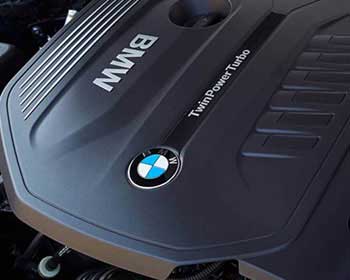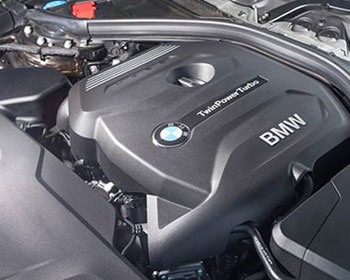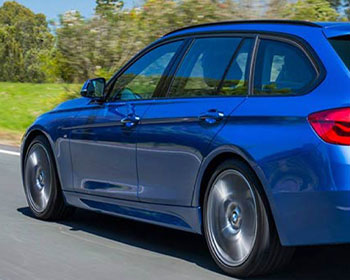The Golden Era of Turbocharging

Bridgestone Australia
The Golden Era of Turbocharging
14 March, 2018
The turbocharger was once a little-known technology reserved for performance cars and high-end stuff, but now it’s mainstream and is expected on most new cars. The push for turbocharged engines is simply a result of tightening emissions targets that can’t be achieved with fuel-hungry, normally aspirated engines.
In a nutshell, a turbocharger is a turbine that spins when exhaust gases pass it, causing its other side to spin and compress incoming air. The compressed air contains more oxygen thus detonating better in the engine, providing more power.
Once the compressed air enters the engine, the computer sends more fuel than normal to help it detonate, so more power is generated, but if the engine is not revving hard - or there’s not much throttle input - the engine only uses as much fuel as it would when normally aspirated.
The result is as much power as a bigger engine when you want it, but with the efficiency of a smaller engine when you don’t.
In a nutshell, a turbocharger is a turbine that spins when exhaust gases pass it, causing its other side to spin and compress incoming air. The compressed air contains more oxygen thus detonating better in the engine, providing more power.
Once the compressed air enters the engine, the computer sends more fuel than normal to help it detonate, so more power is generated, but if the engine is not revving hard - or there’s not much throttle input - the engine only uses as much fuel as it would when normally aspirated.
The result is as much power as a bigger engine when you want it, but with the efficiency of a smaller engine when you don’t.
Traditionally, the secret to gaining more power was to have a bigger engine. And it’s true, to an extent. But the efficiency of modern turbochargers, combined with direct fuel injection, means that small engines can now punch above their weight when it comes to power. And even better, it’s able to maintain the fuel economy expected of the smaller engine size.
More manufacturers are now adding turbocharged engines to their line-ups – even larger vehicles such as SUVs – which are increasingly featuring small, four-cylinder turbocharged engines as the main power plant.
The introduction of powerful, reliable turbocharged engines that are smaller in size are having such an impact that traditional naming convention is going out the window. BMW’s 330i, which was once a 3-series with a 3.0-litre six-cylinder engine, is now a 3-series with a 2.0-litre turbocharged four-cylinder, for example.
More manufacturers are now adding turbocharged engines to their line-ups – even larger vehicles such as SUVs – which are increasingly featuring small, four-cylinder turbocharged engines as the main power plant.
The introduction of powerful, reliable turbocharged engines that are smaller in size are having such an impact that traditional naming convention is going out the window. BMW’s 330i, which was once a 3-series with a 3.0-litre six-cylinder engine, is now a 3-series with a 2.0-litre turbocharged four-cylinder, for example.
Up the pointy end of the spectrum, we’re also seeing a departure of normal aspirated engines from supercars, replaced with smaller, lighter and more powerful turbocharged variants.
Eventually, as emissions targets tighten even more, we’ll see manufacturers combining smaller turbocharged engines with electric hybrid technology, all in a bid to lower pollution but provide similar levels of power provided by the traditional internal combustion engine
Are you team turbo, or do you only have time for big, grunty engines? Post a comment below or over on Bridgestone Australia’s Facebook.
Eventually, as emissions targets tighten even more, we’ll see manufacturers combining smaller turbocharged engines with electric hybrid technology, all in a bid to lower pollution but provide similar levels of power provided by the traditional internal combustion engine
Are you team turbo, or do you only have time for big, grunty engines? Post a comment below or over on Bridgestone Australia’s Facebook.

The turbocharger was once a little-known technology reserved for performance cars and high-end stuff, but now it’s mainstream and is expected on most new cars.


